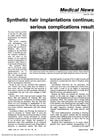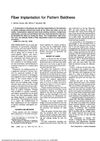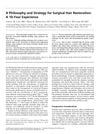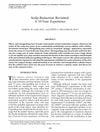Contemporary Techniques of Hair Replacement
April 1981
in “
Postgraduate Medicine
”
punch autograft technique male pattern reduction transposition flaps hairpieces synthetic fiber implants hair weaving traction alopecia anti-androgens steroids estrogens minoxidil hirsutism hair transplant scalp reduction flap surgery wigs synthetic hair implants hair extensions hair loss due to pulling hormone blockers corticosteroids female hormones Rogaine excessive hair growth
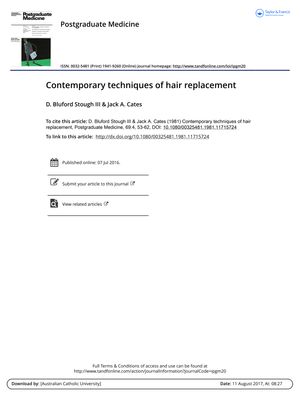
TLDR In 1981, the punch graft technique was the main method for hair transplantation, and medical treatments for baldness were not very effective.
In 1981, hair replacement techniques varied, with the punch autograft technique being the most accepted for hair transplantation, especially when combined with male pattern reduction or transposition flaps for extensive baldness. Hairpieces were an option, though not without issues such as irritation and infection, while synthetic fiber implants faced severe complications and regulatory challenges. Hair weaving was losing favor due to maintenance issues and the risk of traction alopecia. Surgical adjuncts like male pattern reduction, which involved removing bald scalp, and transposition flaps, which provided immediate results, were significant advancements. Medical treatments for baldness were limited, with anti-androgens and steroids showing promise, but an effective treatment for male pattern baldness was not yet available. Estrogens could prevent baldness but had undesirable side effects, and drugs like minoxidil were associated with hirsutism. Surgical methods remained the primary acceptable treatment for permanent alopecia at that time.

